DIY Leather and Suede Cleaning: What You Need to Know

DIY Leather and Suede Cleaning What You Need to Know
DIY Leather and Suede Cleaning: What You Need to Know. In the world of fashion and accessories, leather and suede items hold a special place for their timeless elegance and durability.
However, maintaining these materials requires specific knowledge and care. This article serves as a comprehensive guide to DIY leather and suede cleaning, offering insights into the best practices to keep your items in pristine condition.
Leather and suede, being natural materials, have unique characteristics and needs.
Proper maintenance is key to preserving their texture, appearance, and longevity. Effective care not only enhances their aesthetic appeal but also contributes significantly to their durability.
Understanding Leather and Suede
Leather is a robust and versatile material, made by tanning animal hides, known for its strength and adaptability. Suede, a type of leather with a napped finish, is softer and more delicate. This difference in texture and durability means that each requires specific care techniques.
Leather’s resilience makes it a popular choice for a wide range of products, from furniture to fashion accessories. Suede’s plush texture lends itself to luxury fashion items. Understanding their unique qualities is essential for appropriate maintenance.
Benefits and Challenges of DIY Cleaning
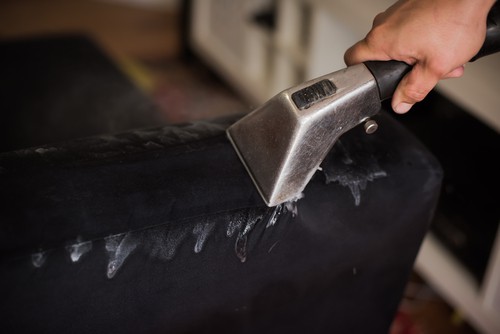
Advantages of DIY Cleaning
- Cost-Effectiveness: DIY cleaning is a cost-saving alternative to professional services.
- Convenience: It allows for immediate attention to maintenance and unexpected spills.
Challenges and Risks
- Risk of Damage: Incorrect cleaning methods can irreparably harm these materials.
- Knowledge Requirement: Knowing the right techniques and products is essential for effective cleaning.
Identifying Items for DIY Cleaning
Everyday items such as shoes, handbags, and jackets are generally safe for home cleaning. However, intricate or heavily embellished items might require a professional touch.
For heavily stained, delicate, or vintage items, professional cleaning is recommended to avoid damage.
Essential Tools and Supplies
A basic leather and suede cleaning kit should include soft brushes, specific cleaners for each material, and microfiber cloths. Suede cleaning also requires a suede brush and eraser.
Selecting appropriate cleaning agents is critical. Harsh chemicals can cause fading, cracking, or other forms of damage.
Pre-Cleaning Preparation
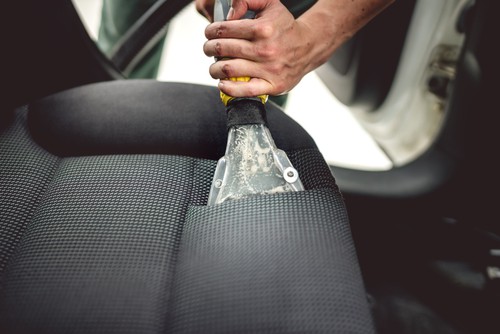
Begin by gently brushing off surface dirt. For suede, this step is crucial to lift the nap and remove loose dirt without damaging the material.
Cleaning Techniques for Leather
DIY Cleaning for Leather
For general cleaning, use a leather cleaner, applying it gently with a soft cloth. For tougher stains, use a specialized leather stain remover.
Techniques for Spot Cleaning and Overall Maintenance
Regular light cleaning with a damp cloth and mild soap can maintain the appearance of leather. Conditioning the leather after cleaning is essential to keep it soft and prevent cracking.
Cleaning Techniques for Suede
DIY Cleaning for Suede
Suede requires a more delicate approach. Use a suede brush to lift the nap and a suede eraser for minor marks. For deeper cleaning, apply a suede cleaner sparingly.
Addressing Stains and Scuffs on Suede Items
For spills, blot gently with a clean cloth and use a suede cleaner if necessary. Avoid water, which can cause staining.
Common DIY Cleaning Mistakes to Avoid
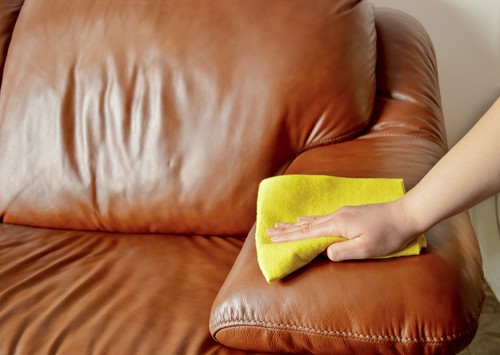
- Over-saturating the material.
- Using inappropriate cleaning agents.
- Vigorous scrubbing, which can damage both leather and suede.
Stain Removal
For leather, a damp cloth may suffice for minor stains. For more stubborn stains, a leather-specific cleaner is recommended. In the case of suede, specialized cleaning solutions are necessary for effective stain removal.
Conditioning and Moisturizing
Regular conditioning is essential for leather to prevent drying and cracking. Suede, however, does not typically require conditioning but should be kept dry and brushed regularly.
Use conditioners specifically designed for leather. For suede, a protective spray can help maintain its quality and extend its life.
Drying and Storage
Leather and suede should be allowed to air dry naturally, away from direct heat sources, to prevent warping or cracking.
Store leather and suede items in a cool, dry place, away from direct sunlight. Use supportive inserts, like shoe trees or bag stuffers, to maintain the shape of the items.
Regular Maintenance
Establishing a routine for regular cleaning and conditioning can prevent the need for extensive repairs and keeps your items looking their best.
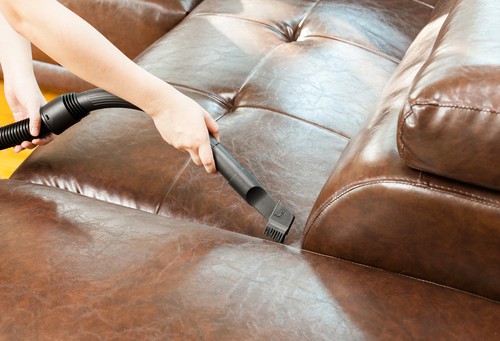
FAQ
Can I use vinegar and water to clean leather and suede?
Vinegar, diluted with water, can be used as a gentle cleaning solution for leather. However, it’s important to test it on a small, inconspicuous area first. For suede, vinegar should be used cautiously, as it can alter the texture and color if not used properly.
How often should I clean and condition my leather items?
It’s recommended to clean leather items every 3 to 6 months, depending on usage and exposure to dirt and elements. Conditioning should follow cleaning to maintain the leather’s suppleness and prevent cracks.
What should I do if my suede item gets wet?
If your suede item gets wet, gently blot the excess moisture with a clean, dry cloth. Avoid rubbing, as this can damage the nap. Allow the item to air dry away from direct heat and sunlight. Once dry, use a suede brush to restore the texture.
Can I use a hairdryer to speed up the drying process for leather and suede?
Using a hairdryer or any direct heat source to dry leather or suede is not recommended. High heat can cause shrinking, cracking, or other damage. It’s best to let these items air dry naturally.
Is it safe to use baby wipes to clean leather items?
While baby wipes are gentle, they may contain chemicals and oils that could damage leather over time. It’s better to use a damp cloth with a mild soap or a cleaner specifically designed for leather. Always test any cleaning method on a small area first.
DIY Leather and Suede Cleaning: What You Need to Know – Conclusion
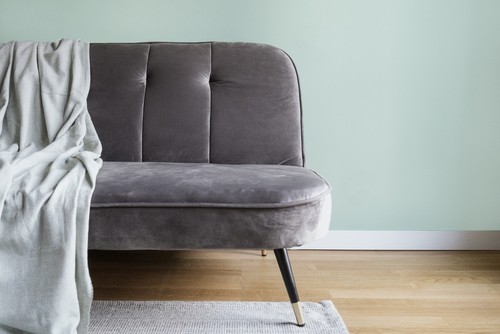
DIY leather and suede care, when done correctly, can be a rewarding and cost-effective way to maintain the beauty and longevity of your items.
With the right tools, products, and techniques, you can successfully manage the upkeep of these materials, ensuring they remain a cherished part of your collection for years to come.
Are you seeking professional and reliable dry cleaning services in Singapore? Contact us today!





